Other Services
As mentioned in the Services Overview, almost any program that can operate across a peer-to-peer TCP/IP network is a candidate for AREDN® networking. Many useful services have been discussed previously, and this section will list some of the other types of services that you might consider deploying on your mesh network.
Network Time Services
Although the AREDN® nodes themselves do not depend on network time synchronization, there may be other programs or services running on your mesh network which would benefit from having accurate network time updates. Network Time Protocol (NTP) is a reliable way for networked devices to update their system clocks. This may be especially helpful for devices that do not have an onboard realtime clock, such as Raspberry Pi computers. It may also be important to have accurate timestamps across the network for programs such as MeshChat, email message logging, file timestamps, video surveillance images, and many others.
Most NTP implementations depend on an Internet connection in order to synchronize with upstream time servers. However, it would be more useful to be able to synchronize system clocks in an off-grid situation when AREDN® nodes are deployed during an emergency. One way to accomplish this would be to configure one or more battery powered computers as NTP servers which retrieve upstream time from GPS satellites (stratum 0).
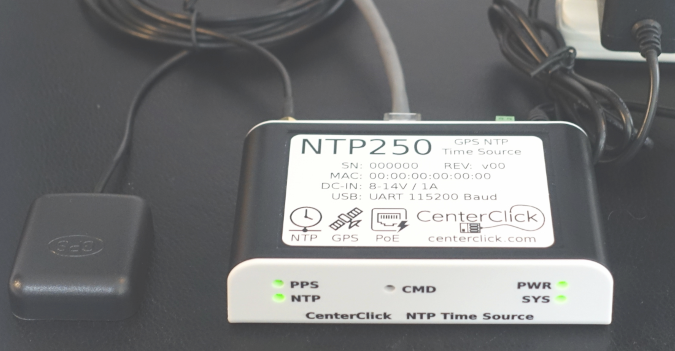
Position your portable NTP server so that it maintains a clear view of the sky and can get a fix on as many GPS satellites as possible. In order for NTP to operate properly, each client device must have a reliable connection to the NTP servers on the network. Be sure to locate your NTP servers on reliable high-speed segments of your mesh.
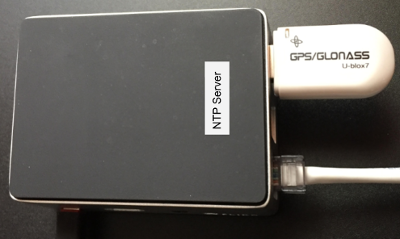
You may choose to purchase an inexpensive off-the-shelf NTP appliance such as those offered by Centerclick and others. There are also many sources of information for building your own off-grid NTP server (for example, this one using a Raspberry Pi: G4WNC NTP)
AREDN® Alert Message Manager
AREDN® Alert Messages were explained in the Getting Started Guide under the Node Status and Advanced Configuration sections. The example given there showed the Alert Message source running on a separate LAN-connected web server. It is also possible to provide Alert Messages using an application created by Gerard Hickey (WT0F) which runs directly on a node having adequate storage. The AREDN® Alert Message Manager (aamm) uses the node’s web server to provide a web interface for creating, updating, or deleting Alert Messages – as well as actually hosting the message repository on the node itself, so that no external LAN-connected web server is required.

The two advantages of using this application are 1) having the message management front-end shown above, and 2) having a node-hosted message source which eliminates the need for a separate LAN-connected web server. Alert Messages are presented as shown in the example below on the Node Status display.

The recipient nodes are configured the same way as described in the Getting Started Guide under the Advanced Configuration section for AREDN® Alert Messages. For additional information about the AREDN® Alert Message Manager, visit this link: aamm. You may also download and install the latest aamm package files here.
weeWx Weather Service
Many operators have weather stations, as do quite a few repeater sites. If those weather stations can be put on the mesh network, they can provide a valuable overview of weather conditions across a wide area, for example, showing wind speeds and rainfall totals for each location. The weeWx package is available for many different operating systems and weather station models. It supports serial, USB, and Ethernet connections to weather stations. For additional information about weeWx, visit this link: weeWx.
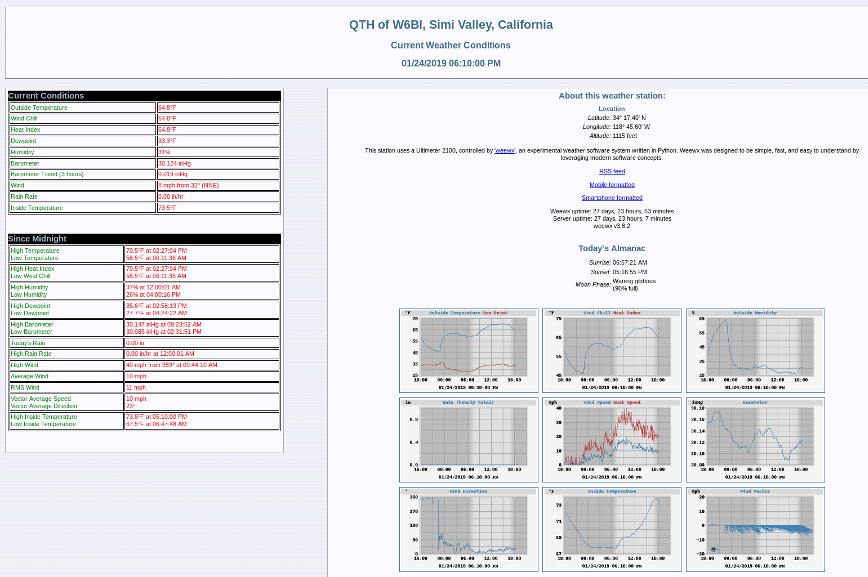
GPS Tracking Services
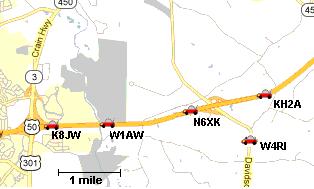
Tracking deployed resources is an important task during any emergency. There are many options for monitoring and displaying the GPS locations of tracked resources, two of which are mentioned here.
Many amateur radios and portable locating beacons transmit Automatic Packet Reporting System (APRS) information. It is possible to implement an APRS receiver using inexpensive, battery-powered, portable computers and USB Software Defined Radios (SDR). The details are widely available for building these receivers using Raspberry Pi computers with Direwolf and Xastir or YAAC software.
There may be situations when it would also be helpful to track the locations of aircraft during an emergency. Automatic Dependent Surveillance-Broadcast (ADS-B) information is available which can be captured using portable computers with ADS-B receivers. The following image shows the track of two water tankers dropping fire retardant above Santa Barbara, California, during the 2017 Thomas Fire. This information was displayed across an AREDN® network using an ADS-B Ground station which was running as a mesh network service.
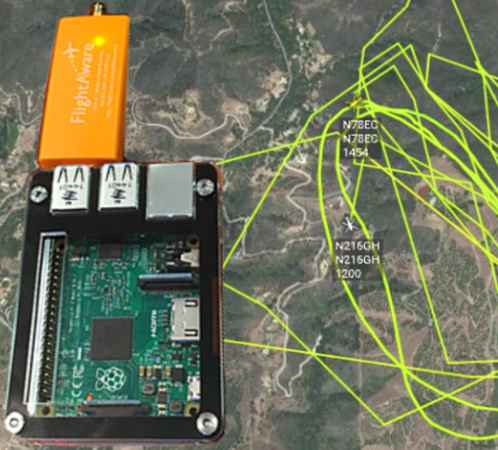
Depending on the requirements of your specific situation, almost any program that can operate across a peer-to-peer TCP/IP network could be deployed as a service on your mesh network.